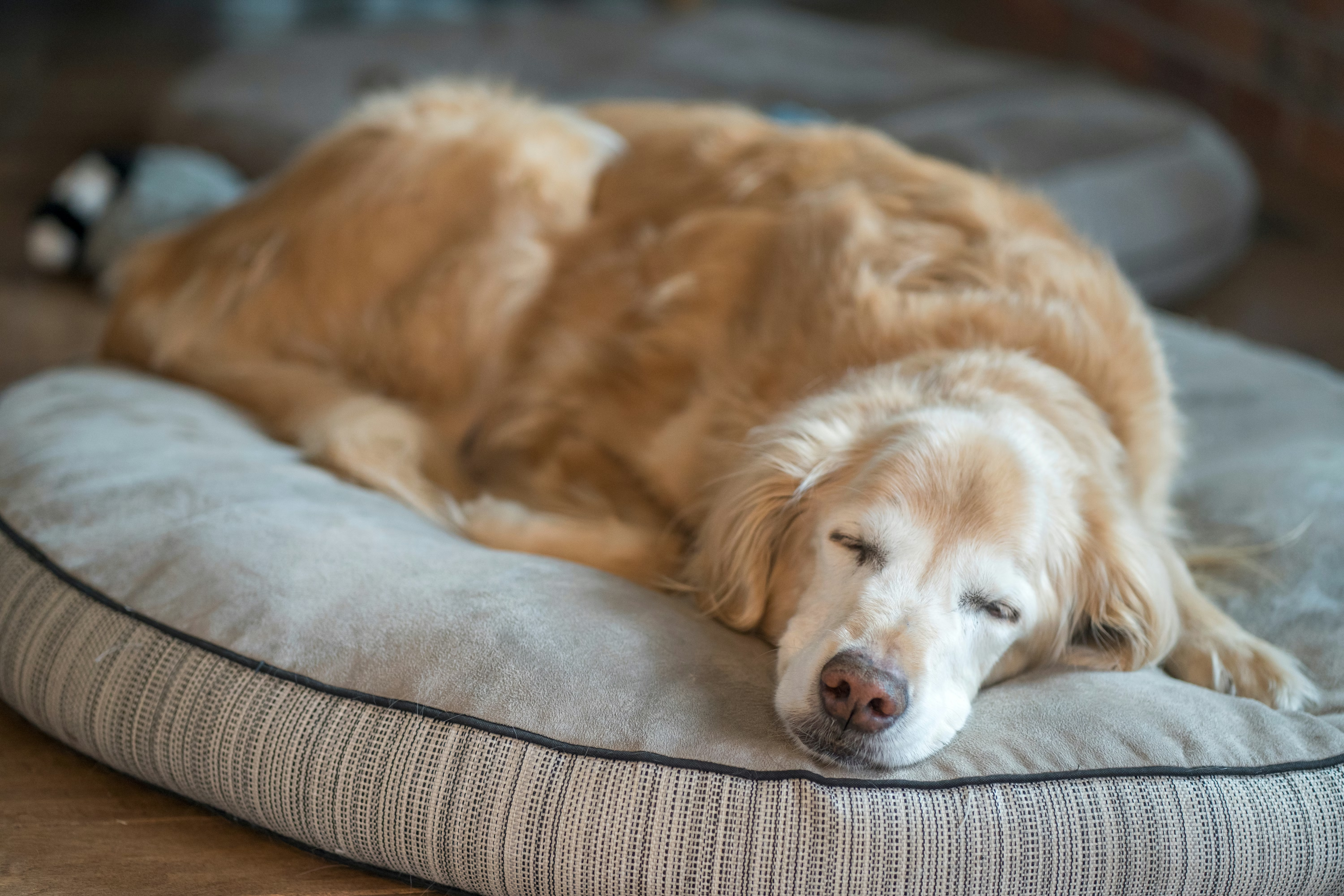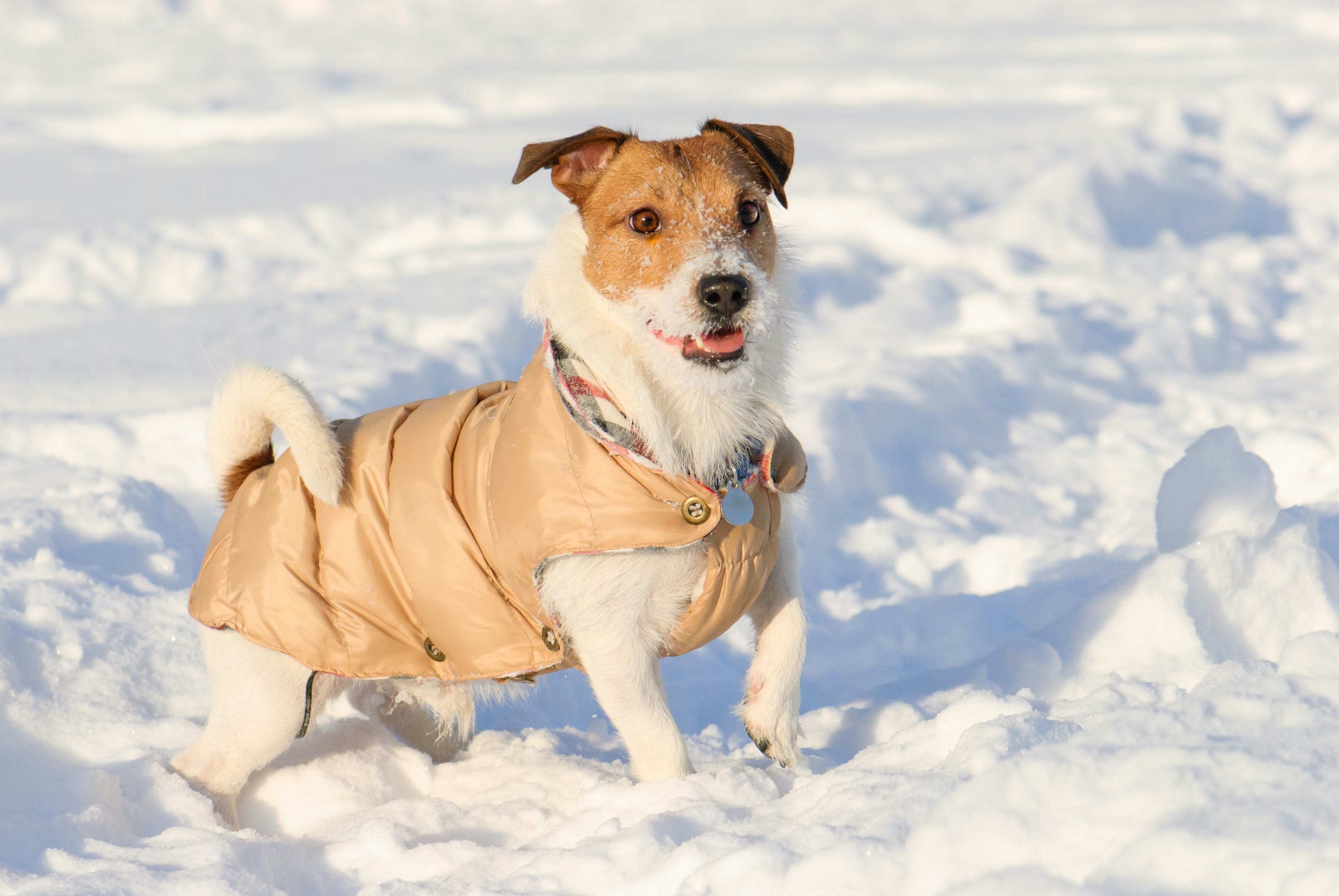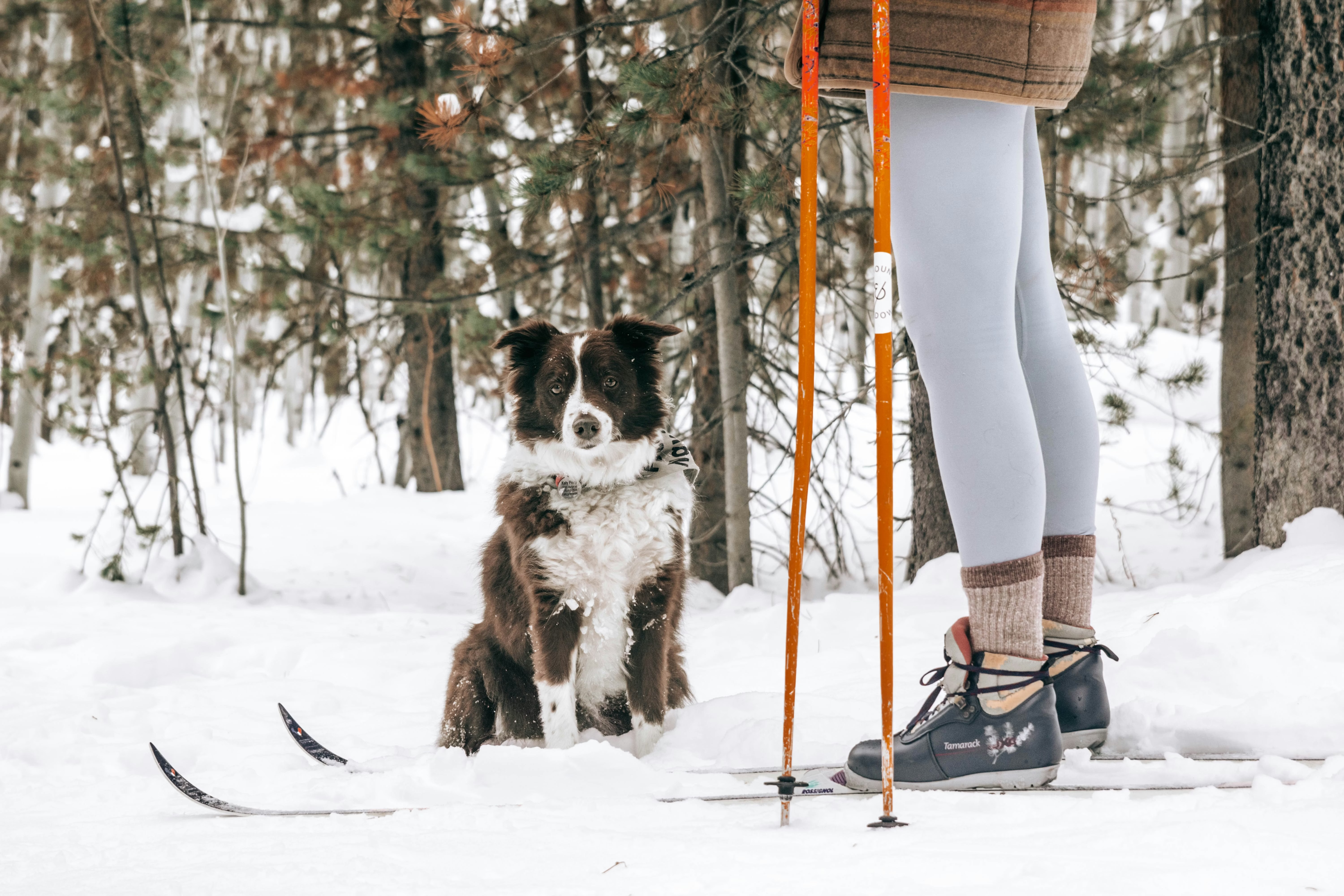As the weather cools down, keeping your dog comfortable and safe takes a little bit of effort. After all, a dog can’t put on a sweater or bump up the thermostat if they get chilled. It’s up to pet parents to be proactive about giving dogs what they need. And, those needs can differ depending on your dog’s physical traits, health, and age. Understanding how different types of dogs are affected by cold weather can help you keep your pup cozy all season long.
Factors that impact how dogs handle the cold
When it comes to dealing with cold temperatures, some dogs fare better than others. For example, northern breeds bred to work in arctic conditions, like Siberian Huskies or Alaskan Malamutes, have thick double coats that make them naturally equipped for colder temperatures. But dogs with single, short coats, like Greyhounds and Vizslas, have a harder time staying warm when the temperature drops. When considering your dog’s cold-weather needs, think about the following factors:
- Coat type. The length, thickness, and texture of a dog’s coat all play a role in how well it protects them from the elements.
- Age. Puppies and senior dogs have a harder time regulating their body temperatures.
- Physical characteristics. Dogs with short muzzles, short legs, and low body mass can have a more difficult time in cold weather.
- Health. Arthritis may worsen in cold temperatures, and conditions that affect normal circulation like diabetes, kidney disease, and heart disease may impact a dog’s ability to keep themselves warm.
With these factors in mind, let’s dig into some specific cold-weather care.

Small and short dog care
Small breeds like Chihuahuas, Toy Fox Terriers, Whippets, Miniature Poodles, and Miniature Pinschers tend to get colder faster because they have a harder time regulating body temperature. This means they lose body heat quickly, even during short periods outside. Short-legged dogs like Dachshunds and Basset Hounds may also struggle, as their bodies are closer to the icy or snowy ground. To help dogs like this stay warm in cold weather:
- Use coats or sweaters when outdoors.
- Avoid long walks or outside playtime when temperatures are low.
- Provide warm indoor spaces like a heated bed or a cozy blanket for napping.
Addressing cold weather risks for bigger dogs
Large breeds, especially those prone to joint issues, such as Great Danes or Labrador Retrievers, may face unique health risks in winter. Cold temperatures can exacerbate joint pain and stiffness, and while they may be better at regulating their body temperature than smaller dogs, their size alone doesn’t protect them fully against the cold. Tips for protecting large breeds in cold weather include:
- Limit strenuous outdoor activities like running on icy or hard, frozen ground, as this can worsen joint pain.
- Provide supportive bedding that keeps them warm and reduces pressure on joints.
- Monitor for signs of hypothermia. If they seem lethargic or are shivering, it’s time to head inside.

Senior dog care
Senior dogs often experience more joint pain, slower blood circulation, and a reduced ability to regulate body temperature—all of which make them more vulnerable to the cold. And, they often have decreased muscling, especially in their hind legs, that can make them more prone to slipping on icy surfaces. They may also have existing health conditions that impact how they respond in chilly conditions. For older dogs, it’s essential to provide consistent warmth and limit exposure to cold temperatures. Ways to keep senior dogs comfortable in winter include:
- Use heated bedding: A heated bed or blanket can help keep joints warm and reduce stiffness.
- Limit outdoor time and provide coats: Older dogs often benefit from coats or sweaters to help maintain body heat.
- Consider dog booties: wearing booties can help them get a grip on slick surfaces.
Regular vet check-ups: Cold weather can amplify conditions like arthritis, so be proactive with vet visits to manage any pain or mobility issues.
Brachycephalic breeds
Brachycephalic breeds, like Bulldogs, Pugs, and Shih Tzus, have short, flat muzzles and may have narrow nostrils, which constricts their airways. Breathing in cold air further constricts those airways, and that can lead to respiratory problems. To keep brachycephalic dogs comfortable in cold weather:
- Limit outdoor time: Keep outings brief, especially on very cold days.
- Use a warm jacket or sweater: Brachycephalic breeds can benefit from wearing an extra layer. Look for clothing that doesn’t restrict movement or breathing.
- Monitor for respiratory issues: Watch for any signs of breathing difficulty, like excessive panting or wheezing, which may worsen in cold air.

Caring for double-coated breeds
Double-coated breeds, including Shiba Inus, Great Pyrenees, Bernese Mountain Dogs, and German Shepherds, have a natural advantage in cold weather due to their insulating undercoat. This dense layer helps them stay warm even when the temperature drops, and in the right conditions, these dogs can often enjoy longer periods outside than single-coated breeds. However, their double coat requires specific grooming to keep it healthy.
- Brush regularly to remove dead hair and prevent mats.
- Avoid shaving to keep their coat’s insulating properties intact.
- Dry thoroughly after being outside in snow or rain to prevent moisture from being trapped close to their skin.
While double-coated breeds are usually more cold-resistant, it’s still important to monitor for signs of discomfort, especially in extreme temperatures.
Tips for keeping all dogs comfortable in cold weather
- Protect paws from snow and ice. Use booties to protect against salt, ice, and freezing surfaces and wipe off paws when you come in from the outdoors. Ingesting deicers can be extremely harmful to pets.
- Monitor outdoor time. No matter the breed, it’s wise to limit time spent outdoors, especially during particularly cold or windy days.
- Pay attention to hydration. Even in cold weather, dogs need plenty of water. Staying hydrated helps them regulate their body temperature effectively.
- Check for signs of cold-related discomfort. Shivering, whining, lifting their paws, and reluctance to move are all signs your dog is too cold and should go inside.
Final thoughts
As you prepare for winter, consider how your dog’s unique characteristics influence their response to colder weather. With a few simple adjustments, you can ensure that your pup stays warm, comfortable, and healthy throughout the season.














